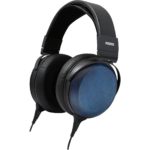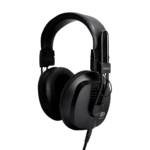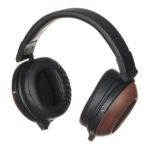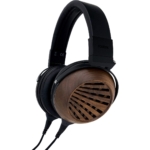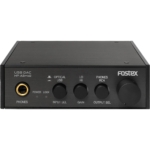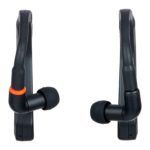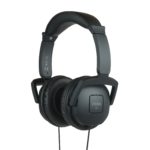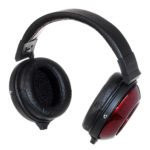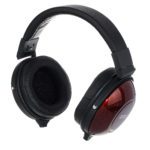The closed, circumaural Fostex TH1000RP is the Japanese manufacturer's new top-of-the-range hi-fi headphone.
Quality headphones from Japan
Fostex is a Japanese manufacturer that has been actively involved in the great era of multi-channel studio technology and is always good for high-quality products in the field of broadcast and professional media production. The Fostex headphones are therefore not without reason extremely popular with audio professionals, from which the consumer products benefit noticeably.

